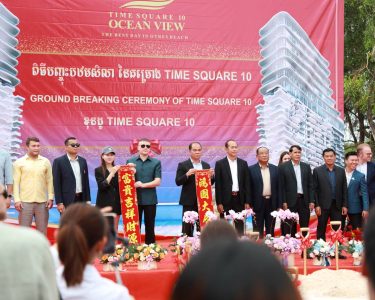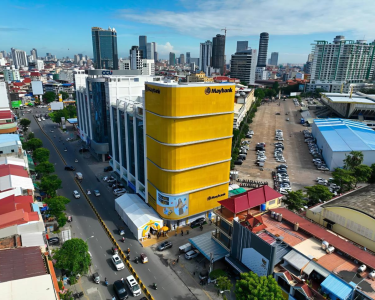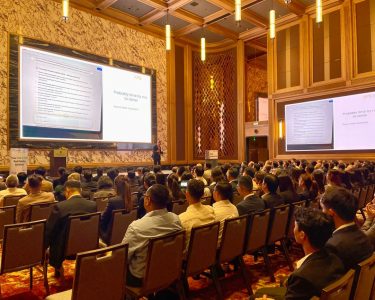Cambodia Investment Review
Siem Reap is set to enhance its appeal with the introduction of a new tourist attraction focused on the Riverside and Wat Bo surrounding area. This development was announced by H.E. Yun Linne, Deputy Governor of Siem Reap, at the “One Vision, One Siem Reap” event, organized by IPS Cambodia and ULS. The event attracted representatives from the Department of Tourism and various industry experts, generating considerable interest and anticipation.
H.E. Yun Linne reflected on the significant impact of the Covid pandemic on Siem Reap’s tourism sector, describing the situation as “seriously injured.” He emphasized the government’s commitment to transforming Siem Reap into a smart city and revitalizing the tourism industry.
“The construction of 38 new roads, the launch of the new Siem Reap International Airport, and the introduction of modern public transportation have been pivotal. These developments not only aim to restore but elevate Siem Reap’s position as a must-visit destination, ensuring a seamless and enriched experience for tourists,” he said.
40 Hectares Along the Siem Reap River & Wat Bo Area
The new project will span 40 hectares along the Siem Reap river and Wat Bo area, aiming to complement existing attractions such as the Angkor Archeological Park and Pub Street. “This initiative, supported by the Royal Government, is designed to integrate with the current tourist landscape while introducing new elements to enhance the visitor experience,” stated H.E. Yun Linne.
Read More: Boosting Tourism SME Growth Through Enhanced Credit Reporting Knowledge in Siem Reap

A significant aspect of the new development is its focus on sustainability. The Deputy Governor announced a green campaign aimed at extensive tree planting along newly developed roads and various districts in Siem Reap. “This initiative is not only about enhancing the city’s aesthetic appeal but also about promoting environmental sustainability, reinforcing Siem Reap’s status as a leading tourist destination,” he noted.
H.E. Yun Linne underscored the importance of collaboration between the public and private sectors. He praised the efforts of IPS, ULS, and the Siem Reap Tourism Club in the city’s transformation. “The intersection of real estate development and tourism promotion is crucial for sustainable economic growth in the region,” he added.
Transforming Siem Reap into Cambodia’s Next Major Economic Hub
The Siem Reap Tourism Development Master Plan 2020-2035 is a comprehensive strategy aimed at transforming Siem Reap into Cambodia’s next major economic hub. The plan includes significant infrastructure developments, such as the construction of 38 new and improved roads across the city’s 12 districts to enhance mobility and connectivity. A major highlight is the new Siem Reap International Airport, set to open in 2023, with a capacity to accommodate 10 million passengers by 2030 and 20 million by 2050.
Read More: Opinion – Looking into Putting the Old Siem Reap Airport to New Use Without Delay

The master plan also envisions the creation of the Grand Siem Reap Smart City, integrating traditional Khmer architecture with modern smart city technologies. This development aims to be the new center for business, culture, and entertainment while preserving the beauty of Angkor Wat by restricting high-rise developments near the heritage site. Other notable projects include the Angkor Lake of Wonder, a large-scale entertainment and luxury resort area, and Cambodia’s first Wildlife Park and Aquarium.
Additionally, the plan includes the development of new residential, commercial, and mixed-use areas to support the growing population and economic activities. The overarching goal is to position Siem Reap as a significant counter-magnet to Phnom Penh, driving regional development, increasing job opportunities, and attracting both local and international investment. By 2035, the plan aims to attract 7 million international tourists annually, significantly boosting the local economy and improving living standards for residents.





